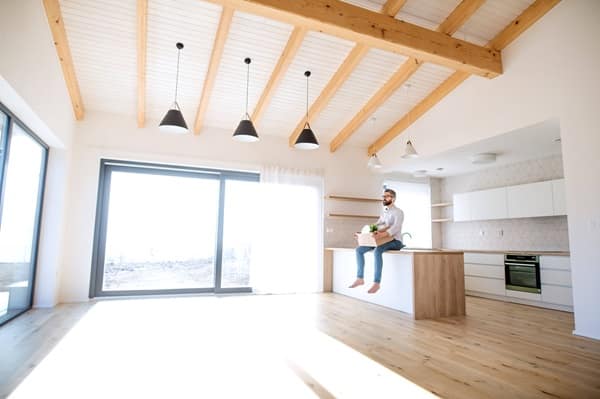Finding and moving into your first home is one of life’s most significant milestones. It requires careful planning, a clear understanding of your needs, and a lot of patience. From searching for the perfect place to unpacking the last box, the process can be both exhilarating and daunting. But with the right guidance, your transition into homeownership can be a smooth and joyous journey. In this article, we’ll cover the steps to ease your path from house hunter to happy homeowner.
Essential factors to consider when searching for your first home
Buying your first home is exciting, but it’s important to think practically. Start by considering your long-term goals, whether that means being close to good schools for a growing family or having an easy commute for work. Think about the space you need now and in the future, like a home office or extra bedrooms, and make sure the home is flexible enough to grow with you.
Budget is key, so get pre-approved for a mortgage to understand what you can truly afford, including taxes, insurance, and upkeep. Look at the neighborhood’s potential, too, as an area with signs of growth could be a smart investment. While every buyer’s needs differ, ready-to-move-in homes are often appealing for those wanting a smoother, faster transition into homeownership.
Navigating the home buying process: Steps to take before moving in
Once you’ve found the right home, the next step is making an offer. This includes negotiating terms, which requires strategy and sometimes compromise, all while staying within your budget. After the offer is accepted, a home inspection is essential to identify any potential issues that could affect the sale or require renegotiation. Early detection of problems can prevent future expenses.
The closing process involves substantial paperwork and legal details, so having a reliable real estate attorney or agent can help clarify documents and ensure fairness. Be ready for closing costs, which cover fees like appraisals and title insurance, to avoid unexpected financial stress as you finalise the purchase.
Moving day strategies: How to organise and plan for a smooth transition
Moving day can be overwhelming, but a solid plan helps reduce stress. Start early with a detailed checklist that includes tasks like transferring utilities and updating your address to avoid service interruptions. Begin packing well in advance, decluttering as you go, and label boxes clearly by contents and room to simplify unpacking.
Enlist friends, family, or professional movers to handle the heavy lifting so you can stay focused on coordination. Pack and transport essential items, such as bedding, toiletries, and basic kitchen supplies, separately to ensure comfort during your first night. These steps help create a smoother, more manageable moving experience even amid the chaos of relocation.
Unpacking and setting up: Prioritising your space in a new home
After the moving trucks leave and the boxes pile up, start by setting up essential spaces like bedrooms and the bathroom so you can settle in comfortably from day one. Unpacking is a slow process, so aim for functionality first, not perfection. Once the basics are in place, focus on the kitchen since cooking and sharing meals will quickly make your new house feel like home.
As you work through the rest of your boxes, take your time with spaces like guest rooms and home offices. This gradual process helps you discover how each room can best serve your needs. It might even be the right time to upgrade your space with thoughtful touches like Amish Dining Room Furniture in York County, PA, adding both charm and character as your home comes together.
Post-move checklist: Ensuring your first home is safe and sound
After unpacking, check that utilities and security systems are working properly, including locks and alarms. Locate the main water valve and fuse box to be ready for emergencies. Prepare your home with accessible first-aid kits and fire extinguishers, and plan escape routes while learning about local emergency services.
Take time to meet your neighbours and build community ties, which can foster a sense of belonging and support. Maintaining your home involves consistent upkeep and inspections to ensure safety and preserve property value. Staying proactive helps prevent future issues and strengthens your investment. Establishing good routines early supports long-term stability and responsible homeownership.
Overall, moving into your first home is a monumental occasion that’s both exciting and intensive. With proper planning, support, and a bit of patience, you’ll navigate the transition with success. Welcome to the rewarding journey of homeownership!

